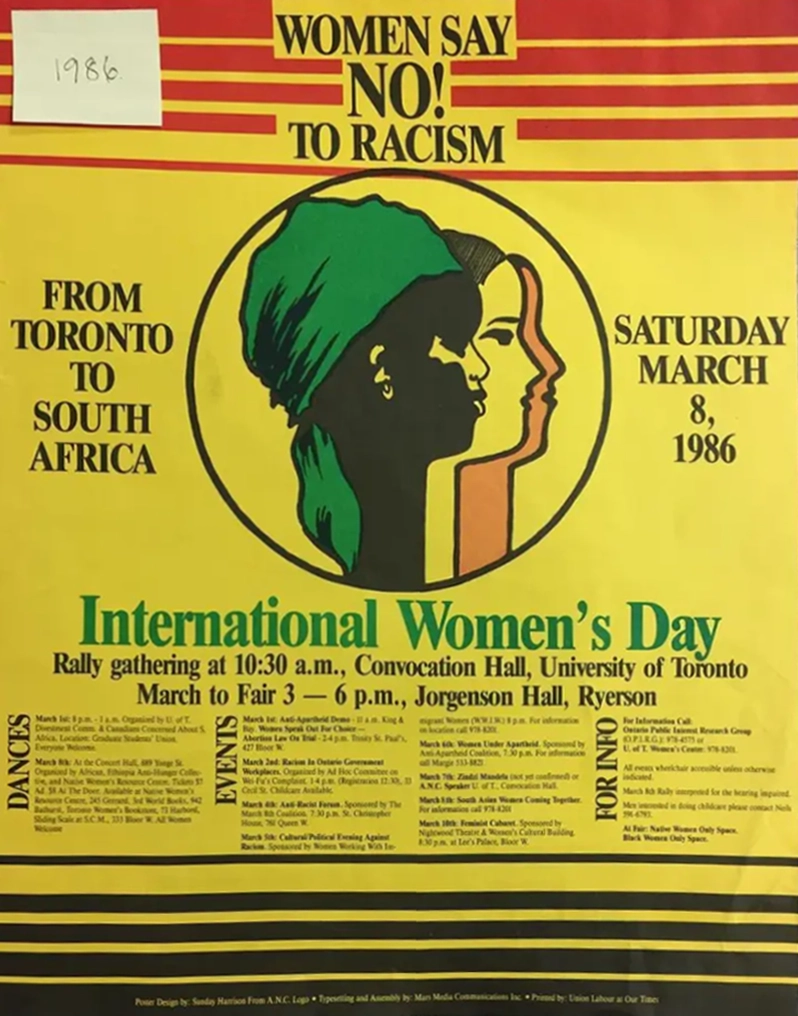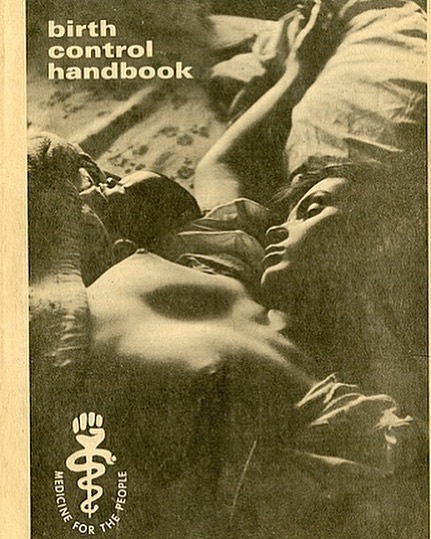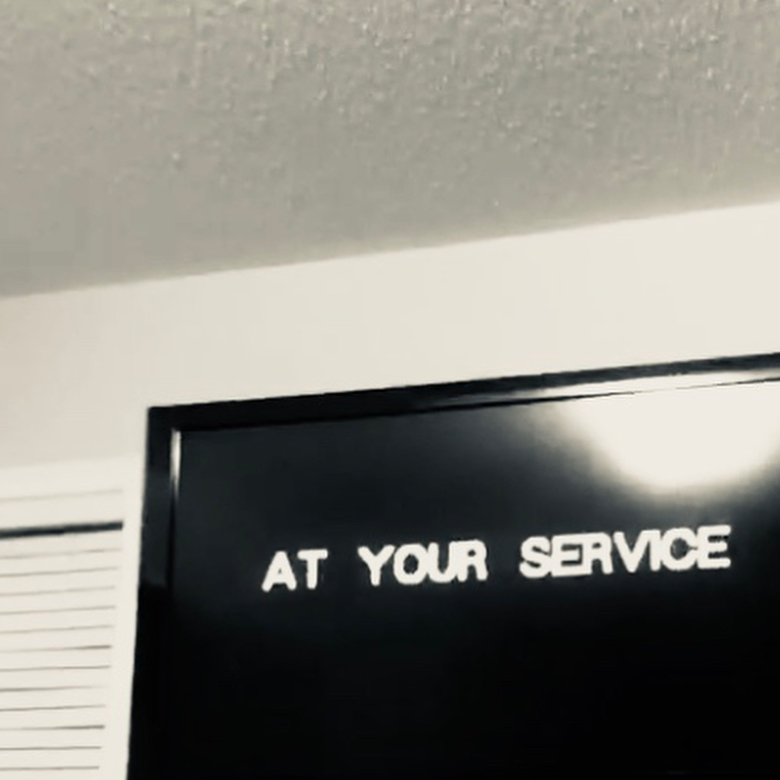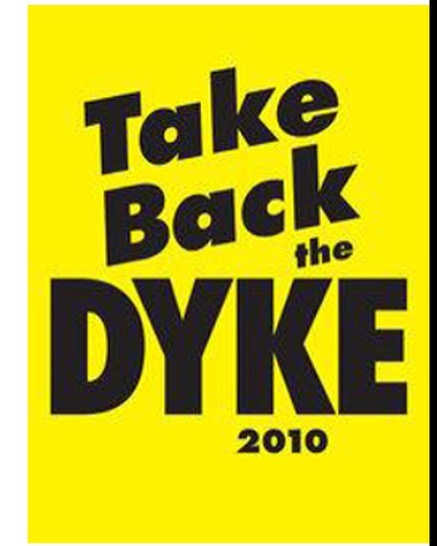What is the role of affect in the archive?
While affect is not often something people associate with the archive, affect and the personal can be as significant to understanding an object as formal documented histories. It can be moreover argued that even those "objective" histories present in the traditional archive are inherently shaped by the positionality and perspectives of the archivists who work on the collection.
For certain histories, as scholars Saidiya Hartman and Christina Sharpe explore in their works, embracing affect becomes an act of remediation. It can help fill in archival absences and reflect an act of care.
As part of RTA893, students are asked to reflect on archival objects and explore questions like: What do these objects make them feel? What connections can they draw between these objects to their contemporary engagements with activism? What stands out about these objects to them?
In contrast to the institutional archive that attempts to obscure the role of the archivist, this collection of reflections from students present multiple - and sometimes contradictory - stories about archival objects that are informed by each student's unique perspectives. Each reflection is informed by a student's unique outlook that shapes what they notice, what they find significant, and what they take away from an object.
As you engage with these works, we encourage you to reflect on your own relationship with these objects and how it aligns with or differs from what is shared by these students.



